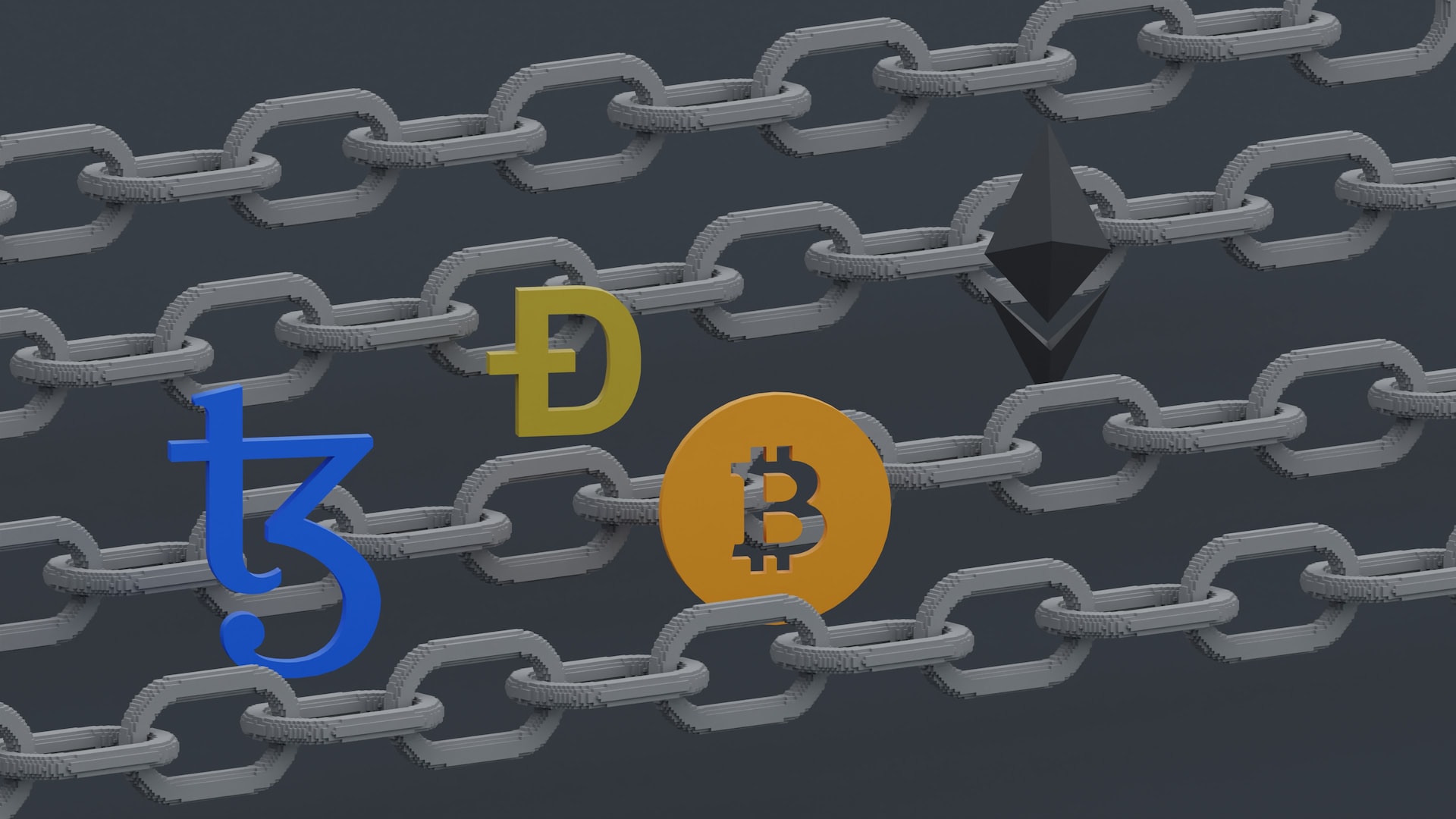
The Blockchain: How Does It Work?
You have likely heard the term “blockchain technology” frequently during the past few years, typically in connection with digital currencies like Bitcoin. If you are unfamiliar with blockchain technology, you might wonder what it is.
Blockchain may be a truism in the abstract, but its meaning is too complex for the average person to grasp. Understanding the technology behind blockchain, how it functions, and why it is crucial in the digital world is essential to answering the question, “what is blockchain technology?”
You should educate yourself on blockchain as it develops and becomes more accessible to the general public to be future-proof. This is an excellent place to learn the fundamentals of blockchain if you’re a beginner.
What Is Blockchain Technology?

Blockchain is referred to as distributed ledger technology. The recorded data cannot be changed, hacked, or manipulated. As explained, blockchain technology is a distributed database that keeps a copy of all transactions and makes them available on all of the computers in the network.
A digital signature from the ledger’s owner verifies the legitimacy of each transaction and prevents any tampering with the original record. Therefore, the data stored in the digital catalogue is exceptionally safe.
If you are familiar with Google spreadsheets, you will recognise the digital ledger as a distributed database that stores details of purchases made over time and across multiple computers. The intriguing aspect is that everybody can view the data, but nobody can alter it.
Why Is Blockchain Important?
Knowledge is the lifeblood of any successful business. Most importantly, it arrives as quickly and accurately as possible. Since blockchain delivers instantaneous, shareable, and entirely transparent information recorded on an immutable ledger accessible only by permission network users, it is ideally suited for providing this data.
A whole supply chain’s worth of data, including orders, payments, accounts, and manufacturing, may be monitored by a blockchain network. Moreover, all participants have access to the same, accurate information at all times, boosting trust and opening the door to improved workflows and perhaps new business opportunities.
How Blockchain Technology Works

Many companies across industries have been adopting blockchain technology in recent years. However, how does this Blockchain thing function?
Blockchain combines the best features of three established systems:
- Cryptographic keys or credentials for secure communication
- Distributed network with a shared ledger
- A computer system that records and keeps track of network activity. Computer system that records and keeps track of network transactions, record-keeping and security
The following explains how these technologies interact to secure digital relationships.
Cryptography keys consist of two keys — Private and Public keys. These cryptographic keys help ensure that transactions between two parties are completed successfully. Everyone possesses these two keys to generate a safe digital identification reference.
The essential component of blockchain technology is how identities are protected. This identity is a “digital signature” within the realm of cryptocurrencies and is utilised to authorise and manage transactions.
The digital signature is combined with the distributed network. Many people who play the role of authorities utilise the digital signature to establish a consensus on many topics, including transactions.
When they approve or authorise, the transaction is subject to mathematical verification, ultimately leading to a successful and protected exchange between the two parties linked to the network.
To summarise, participants in the blockchain use cryptography keys to carry out various kinds of digital deals throughout the peer-to-peer network.
Blockchain in Healthcare
The applications and uses of blockchain technology in the medical industry are highly diverse. The technology known as distributed ledgers makes it possible to transfer patient medical records securely, manage the supply chain for medicines, and assists medical researchers in decoding genetic information.
Blockchain in Banking Sector
In its basic form, blockchain is a distributed ledger. For example, it can store information such as who owns a piece of titled land or a bond. The technology can be utilised to create an unchangeable record of ownership and facilitate asset transactions between parties that cannot be trusted.
Upsides and Downsides of Blockchain

The blockchain has advantages and disadvantages, just like any other technology that should be considered.
Upsides:
The high-security blockchains can provide one of the most significant benefits. Because of this, blockchains can protect and secure sensitive data involved in online transactions. Anyone interested in quick and convenient transactions will find that blockchain technology also provides this.
The total time required is only a few minutes, although completing other transaction methods can take several days. In addition, there is no intervention from other parties such as monetary establishments or government agencies, which many users see as an advantage.
Downsides:
It has been stated that there have been issues with private keys, which is problematic given that blockchain and cryptography both necessitate public and private keys. If users misplace their private key, they will encounter many problems, which is one of the disadvantages of using blockchains.
Another drawback is the constraints on scalability, as there are several numbers of transactions that can take place on each node. As a result of this, it is possible that completing many transactions and other chores will take several hours. Another critical drawback of blockchain technology is that after the information has been recorded, it can be challenging to change it or add new data.
Final Thoughts
Even though we only scratched the surface of the potential uses of blockchain technology across industries in this article, the job opportunities available in this sector are expanding exponentially. Getting a head start on the competition is a sound tactic for any professional.
